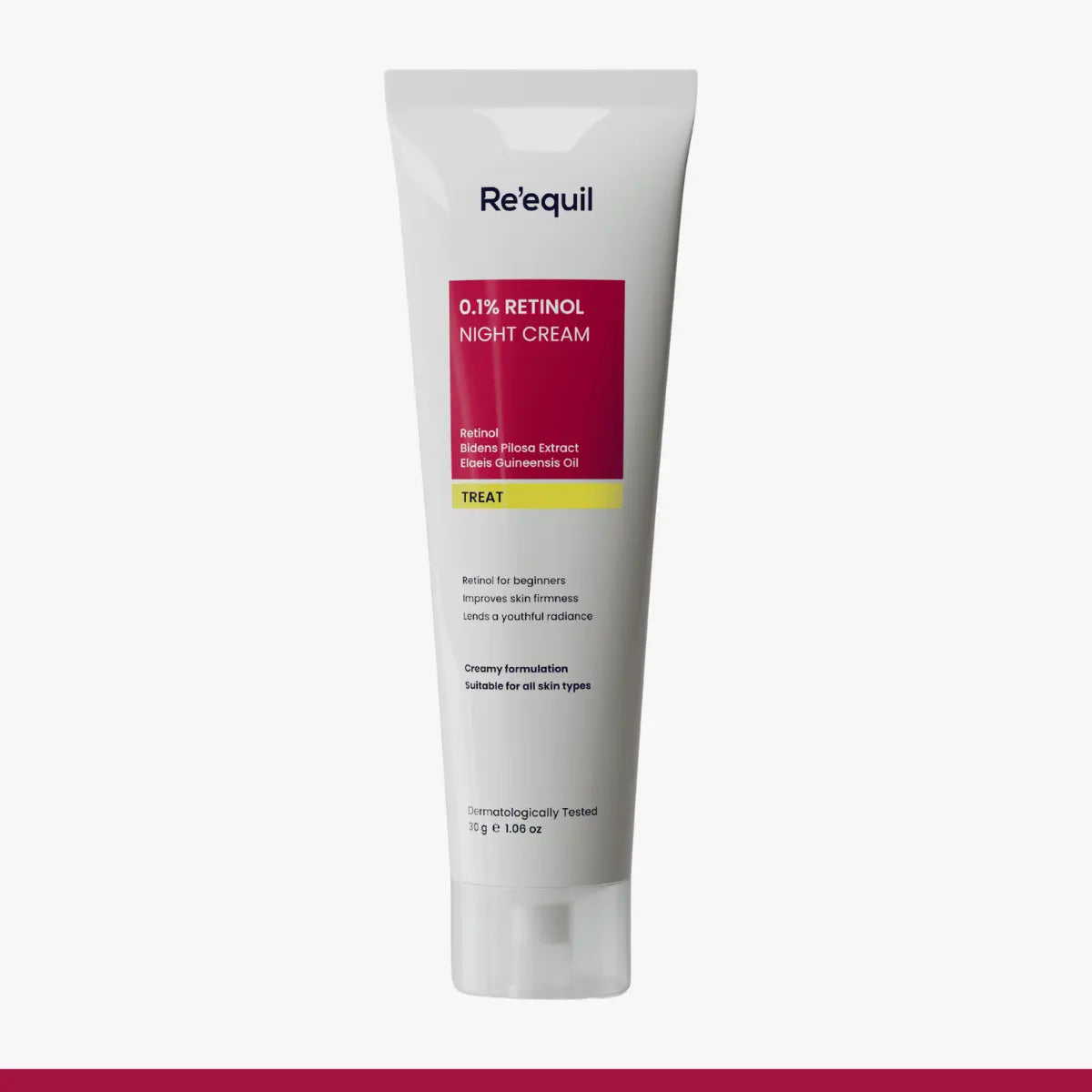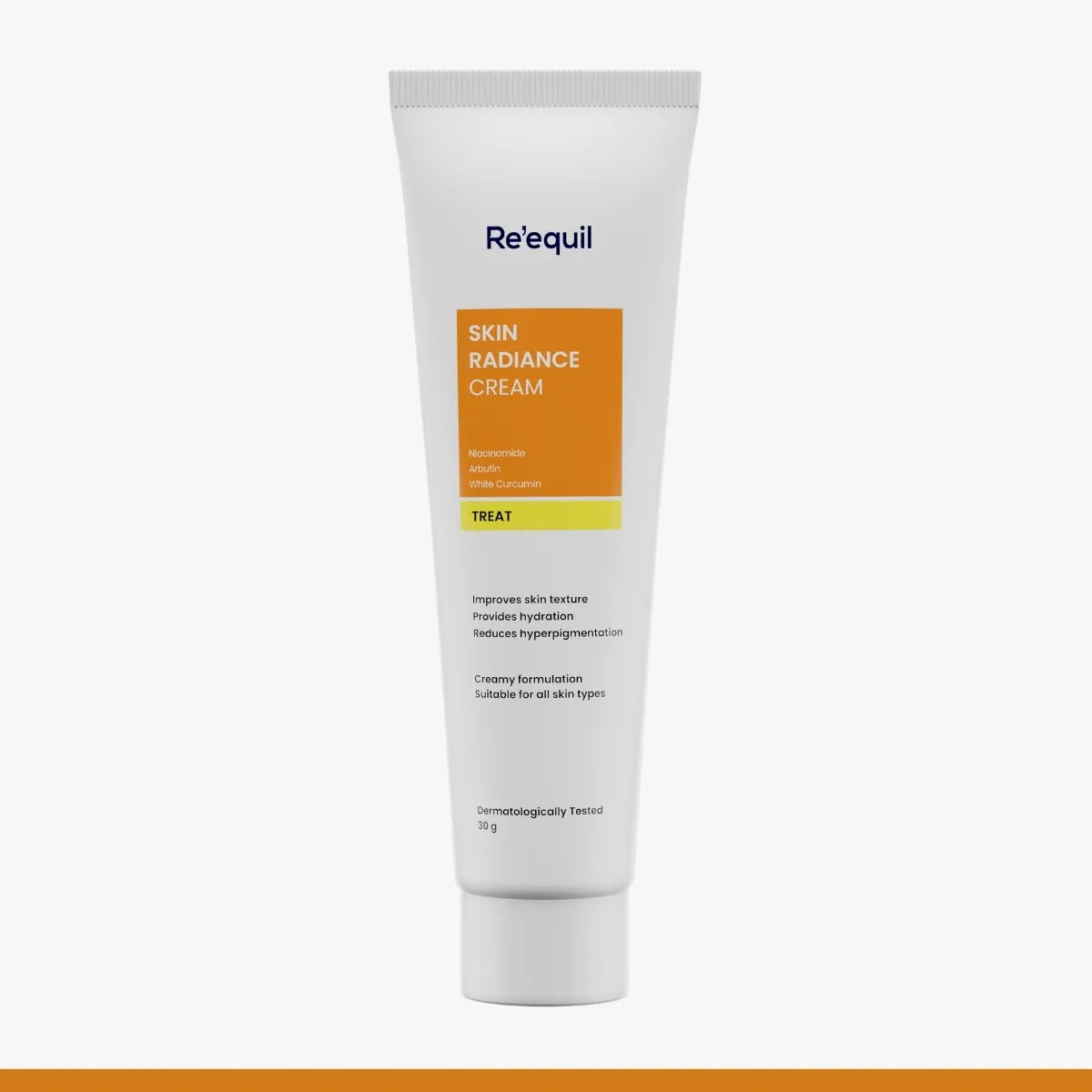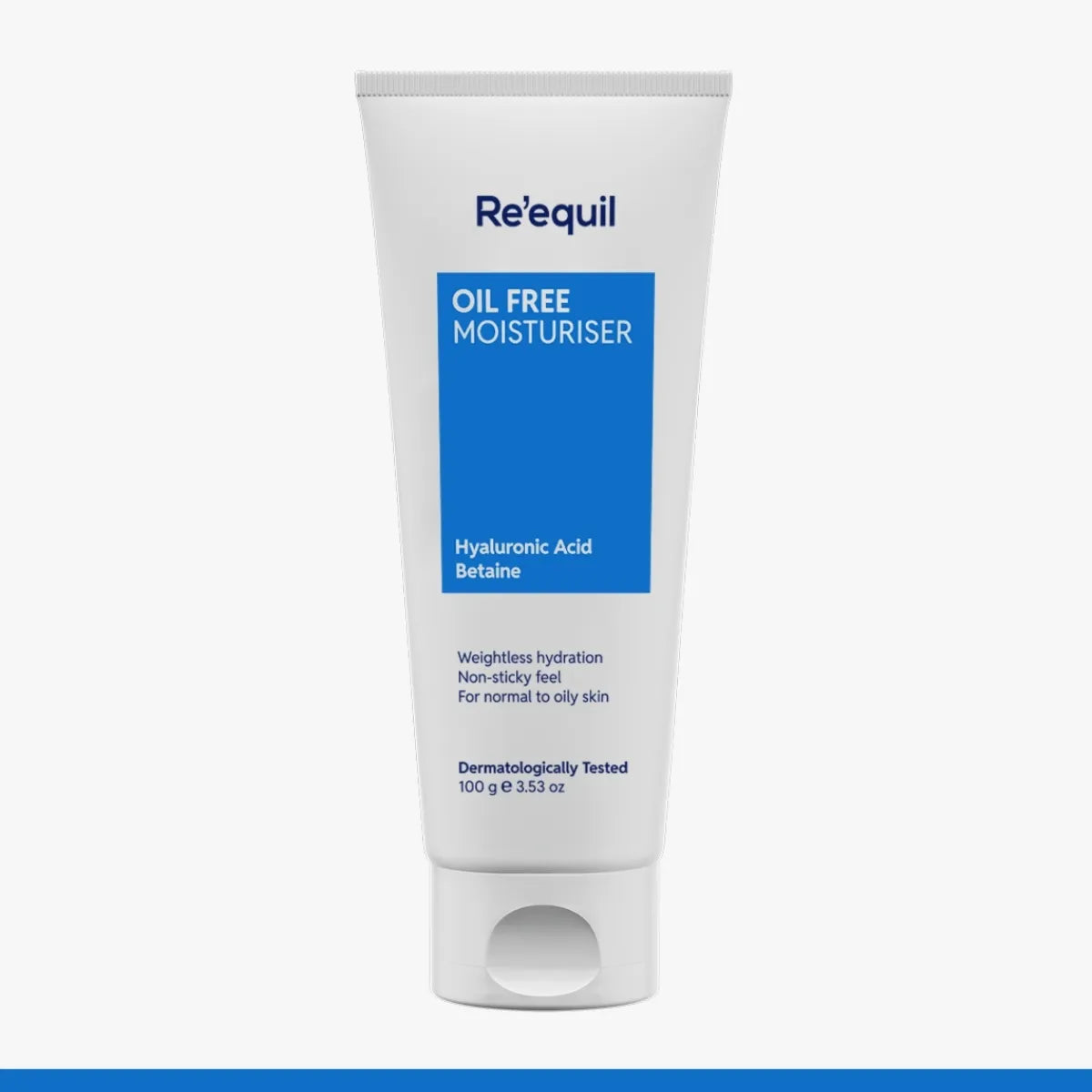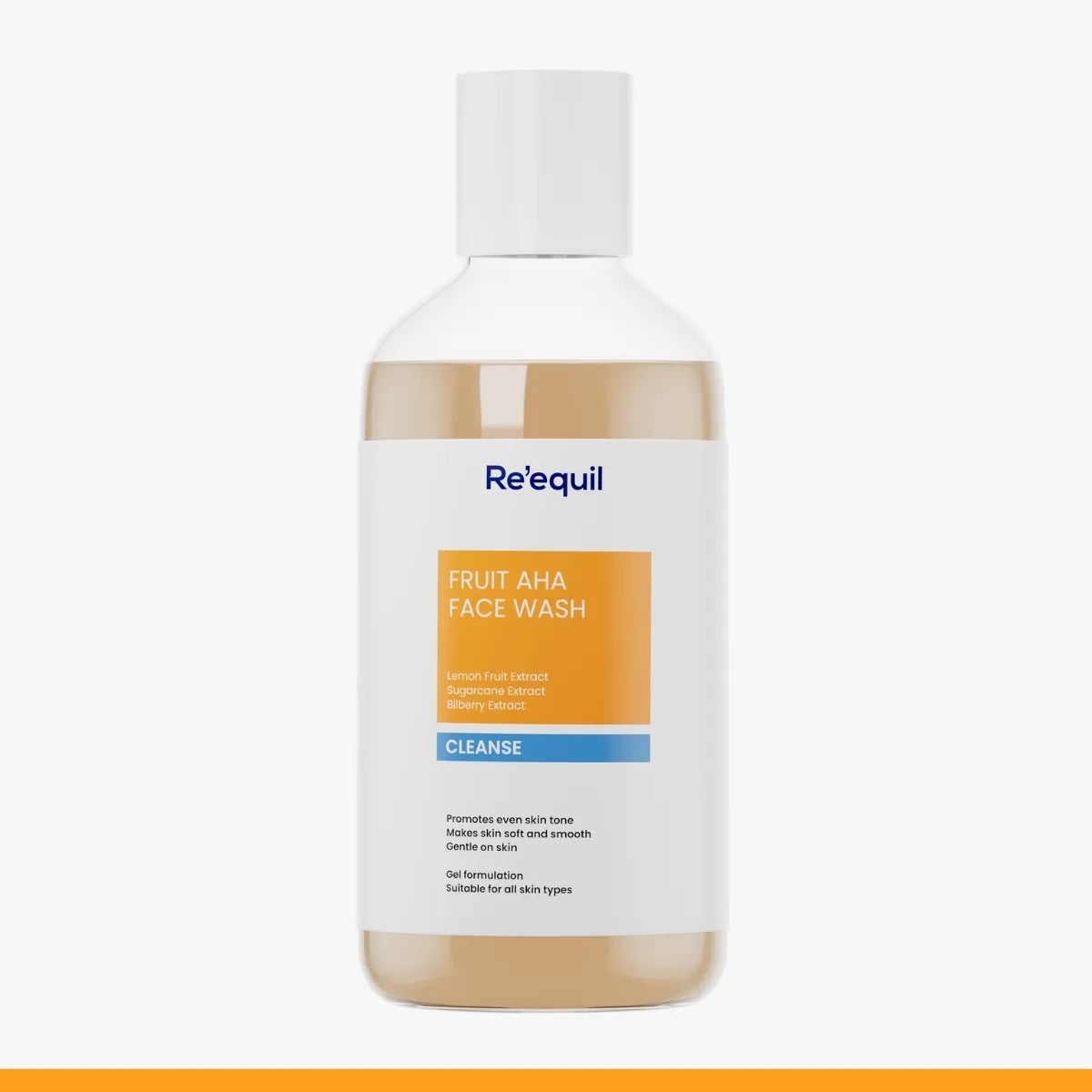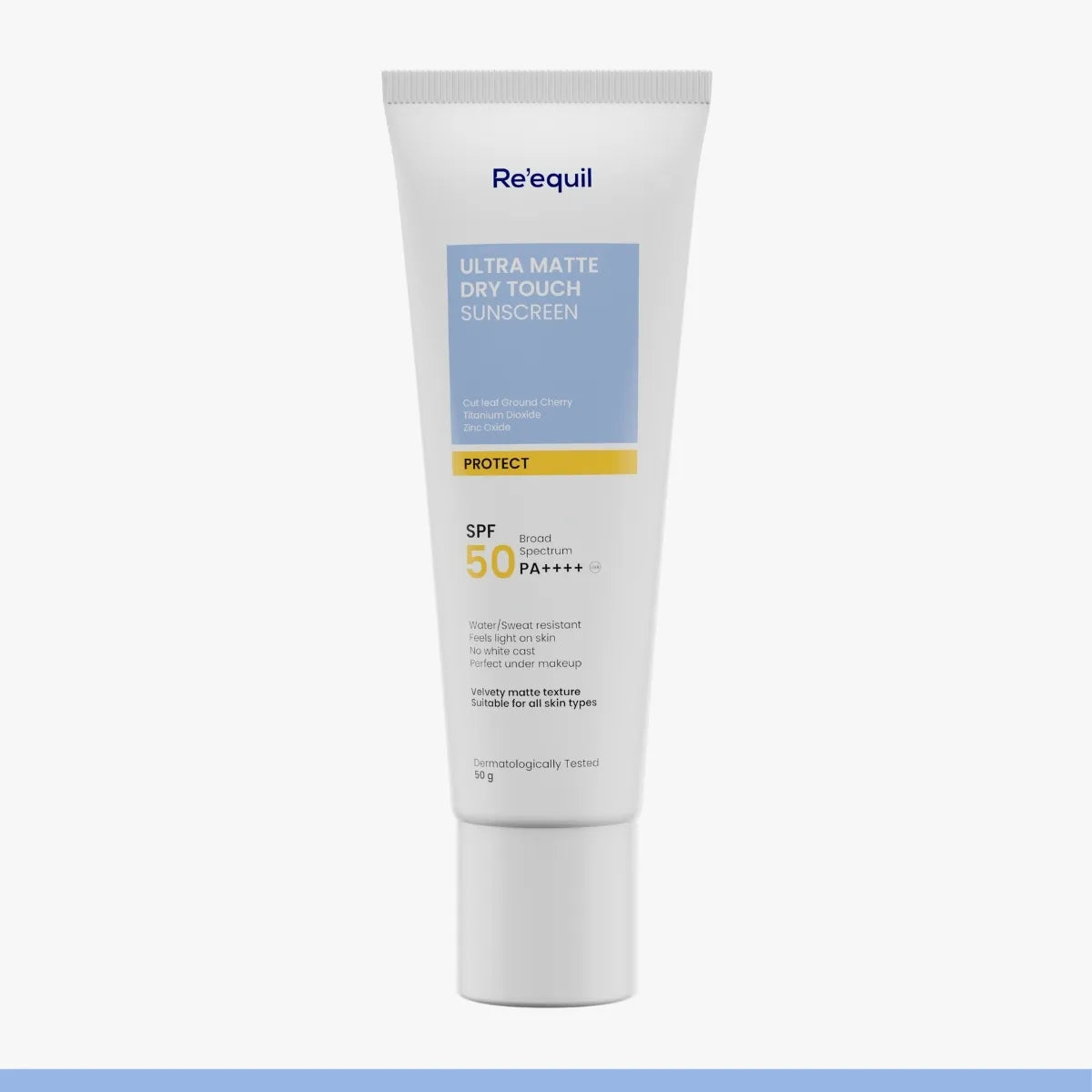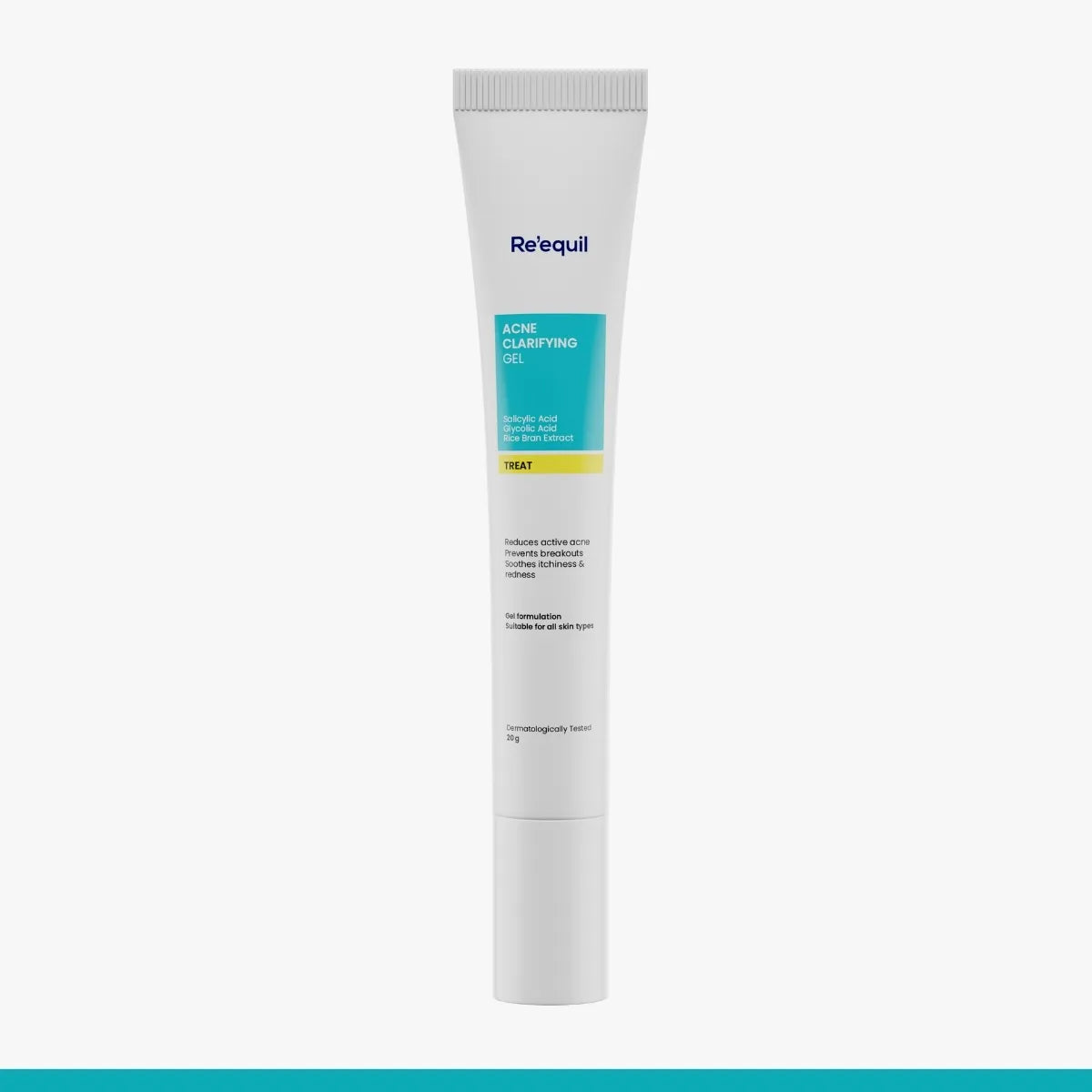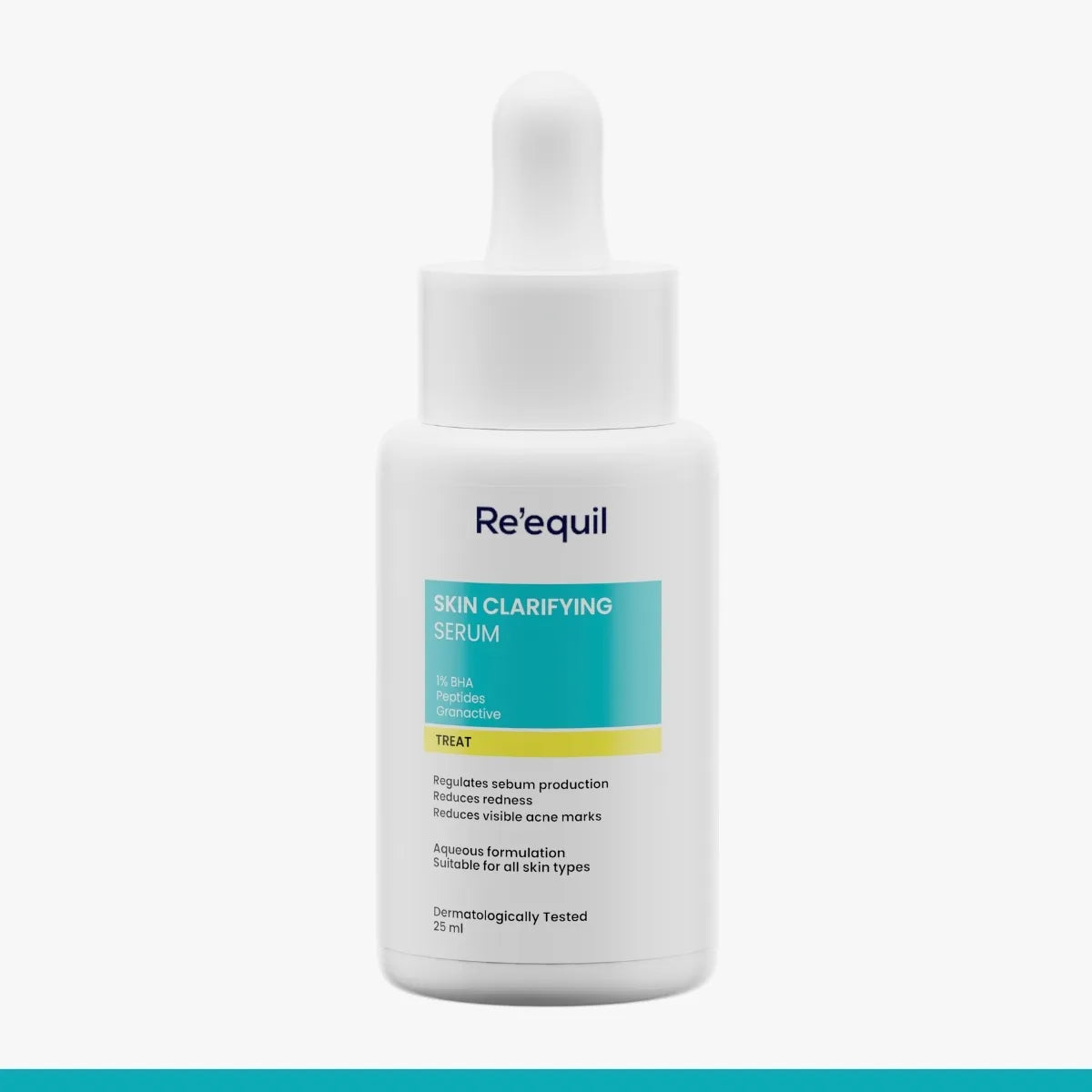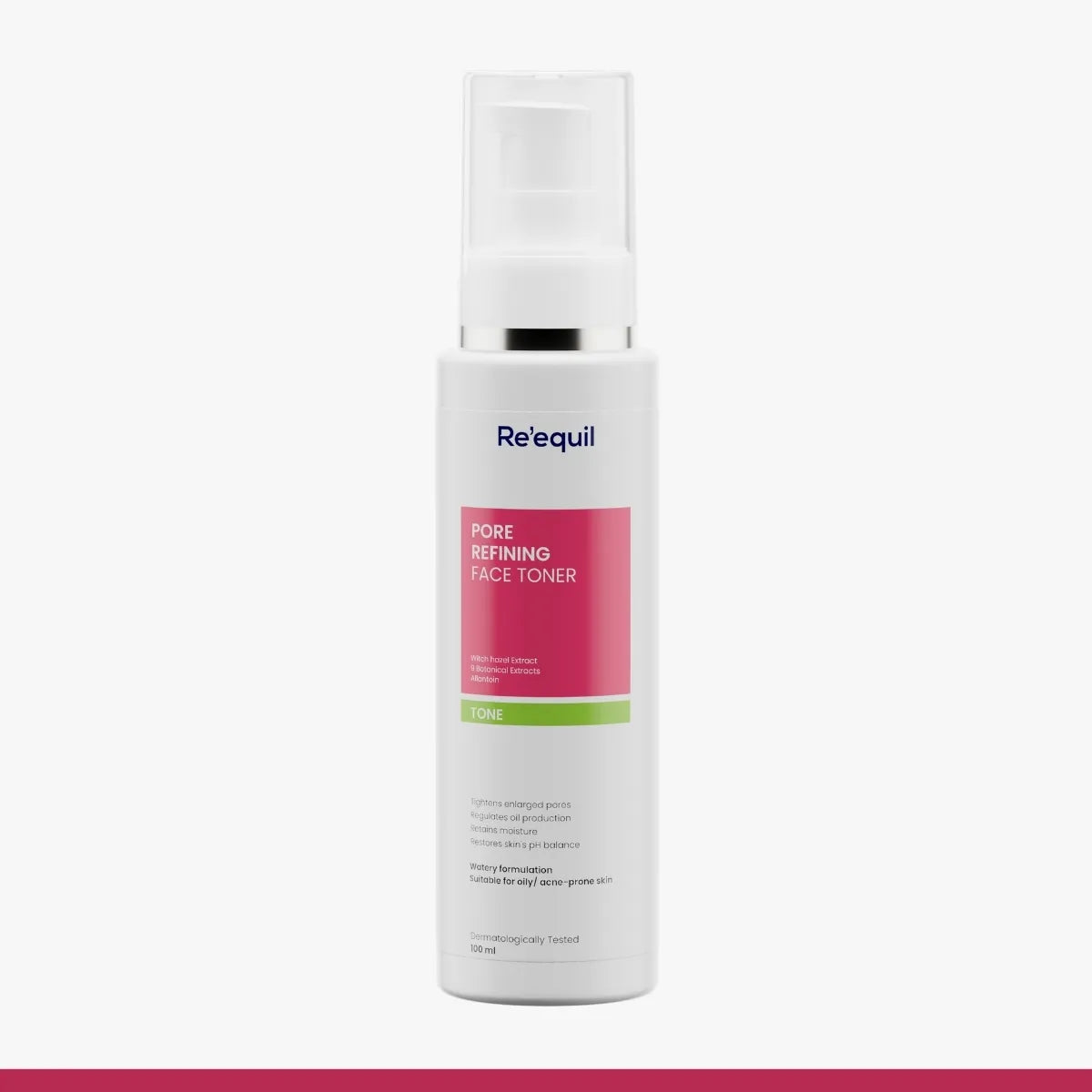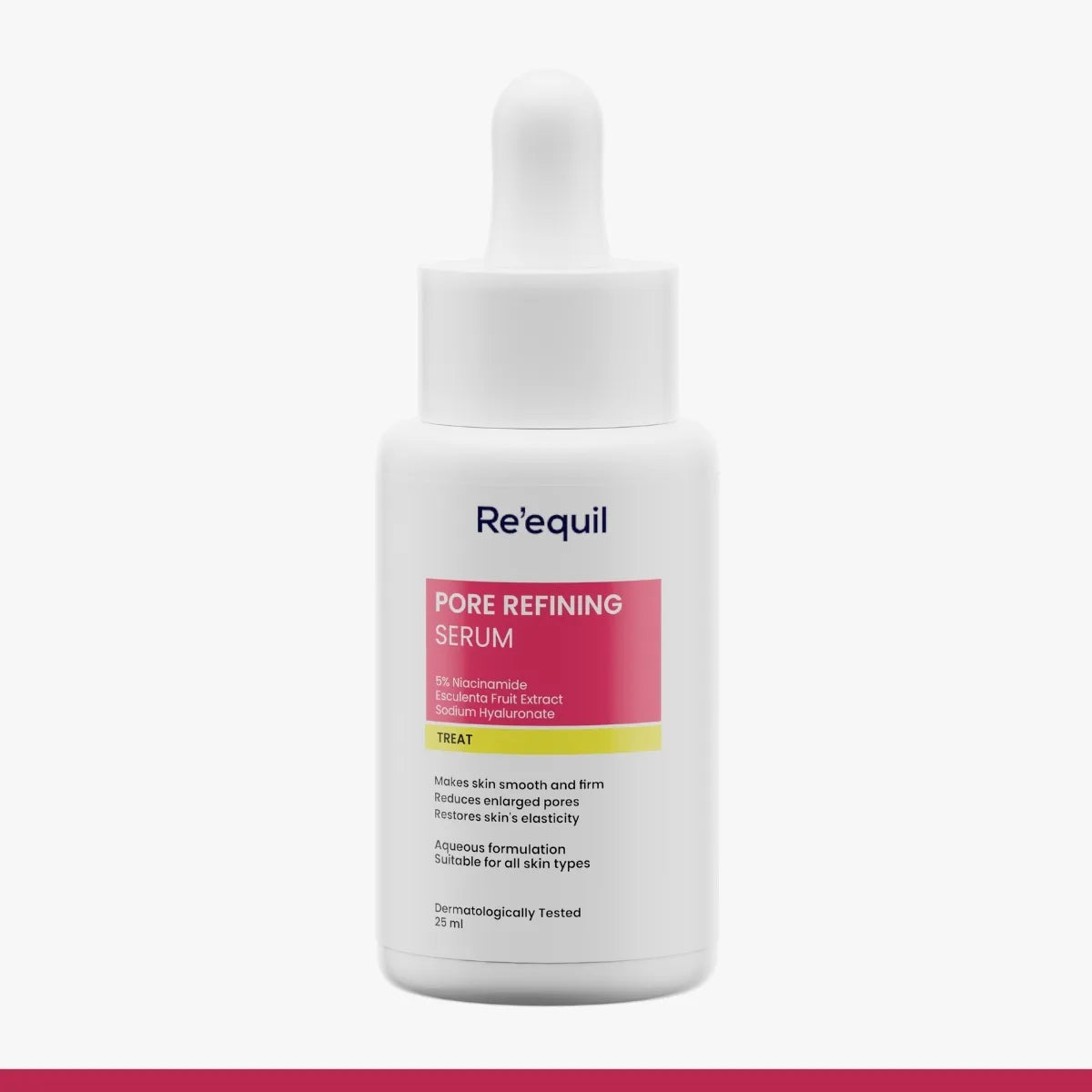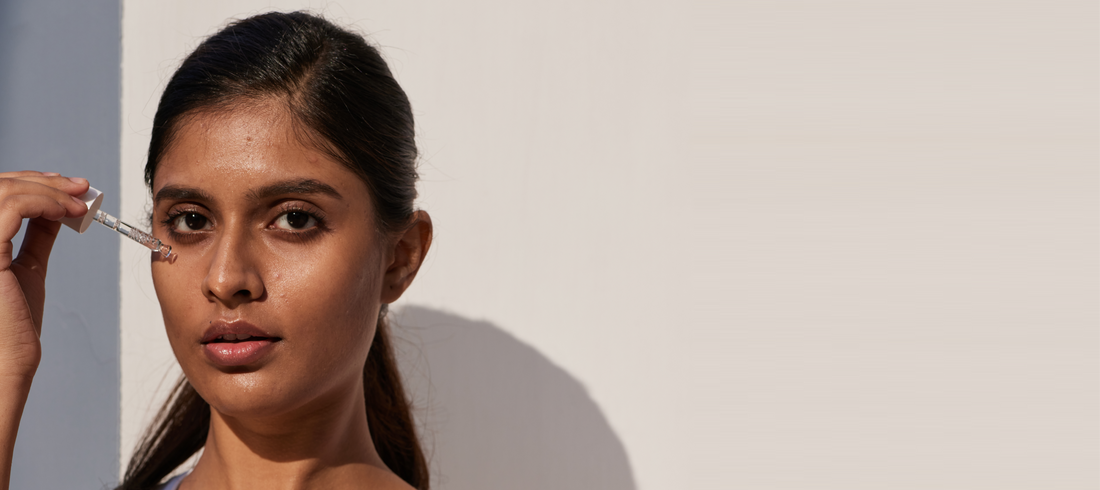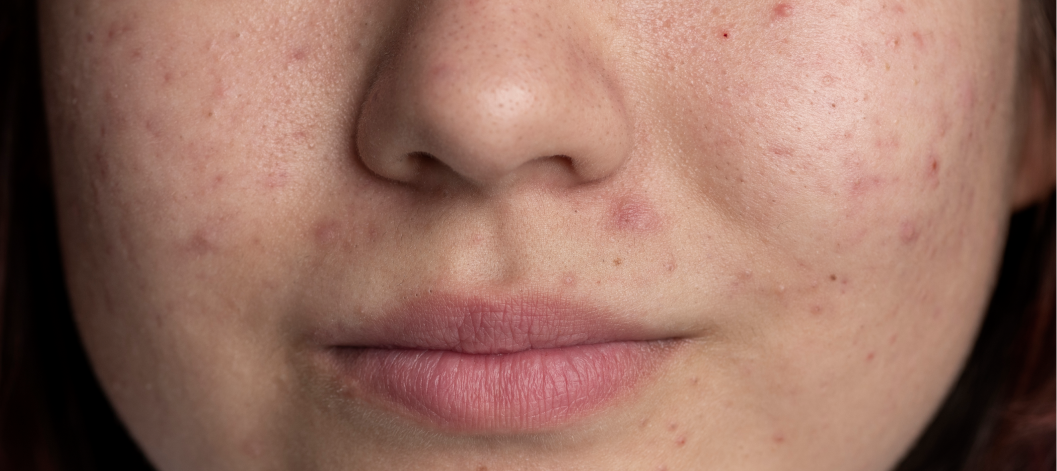If you’ve ever touched the spot where a breakout used to be, you know acne scars don’t just fade easily.
They’re stubborn and stick around long after the pimple is gone — like little reminders of what your skin has been through.
With so many products claiming to fix them, it’s hard to know what truly works.
This guide focuses on ingredients that actually support skin repair, backed by science — and are hyped as well.
Retinol: speeds up cell turnover
Retinol (a form of vitamin A) speeds up cell turnover, helping your skin shed old, scarred layers and promoting new, smoother skin to emerge.
This matters because acne scars — especially post-inflammatory hyperpigmentation and textural scarring — sit in the deeper layers of the epidermis.
What makes retinol especially unique is that it also stimulates collagen production.
That’s critical for atrophic scars — the ones that look sunken or pitted.
In one double-blind study, patients using topical retinoids for 12 weeks saw measurable improvement in scar texture, pigmentation, and skin tone uniformity. It’s a slow burn, but a deep one.
The only problem: retinol can irritate — especially in already inflamed or dry skin.
So start low. Go slow. Use it only at night, and always pair it with sunscreen in the morning.
Vitamin C: brightens dark spots by blocking excess melanin production
Vitamin C is often reduced to a “glow” ingredient.
But its role in acne scar repair runs much deeper — biologically and clinically.
Vitamin C (ascorbic acid) is a cofactor in collagen synthesis.
Without enough of it, your skin literally can’t rebuild damaged tissue properly.
That’s why it’s so effective at softening pigmented scars and promoting even skin tone.
It’s also one of the most potent antioxidants, meaning it protects healing skin from oxidative stress — something that slows down recovery in scarred areas.
Clinical research has shown that a 20% vitamin C serum, used for 8-12 weeks, significantly reduces post-inflammatory hyperpigmentation and boosts skin firmness in patients with acne-scarred skin.
Niacinamide: Strengthens skin barrier for even toned skin
Niacinamide works quietly in the background, strengthening the skin’s lipid barrier, reducing inflammation, and fading discoloration.
For acne scars, especially red or brown marks left behind after breakouts, niacinamide helps by inhibiting melanosome transfer — in simpler terms, it prevents pigment from accumulating where your skin is healing.
It also has anti-inflammatory benefits, which helps prevent further post-acne pigmentation by calming down your skin before it scars again.
Bonus: it pairs well with almost everything — retinol, and vitamin c— and works across all skin types.
Salicylic acid: helps fade dark spots by exfoliating the skin
Salicylic acid is a beta hydroxy acid (BHA) that exfoliates inside the pores, loosens debris, and prevents clogged follicles — but its role doesn’t stop at preventing acne.
It also dissolves the bonds between dead skin cells, helping fade post-inflammatory marks over time.
What’s unique about salicylic acid is that it has keratolytic properties — meaning it breaks down rough patches and uneven surfaces, making it ideal for textural acne scars.
In a 12-week study, 2% salicylic acid peels used biweekly significantly reduced both pigmentation and scar depth, with minimal irritation in participants with oily, acne-prone skin.
Important tip: avoid overuse. More is not better. Salicylic acid works best when used 2-3 times a week and paired with strong hydration.
Glycolic acid: Gently exfoliates the pigmented skin cells
As the smallest alpha hydroxy acid (AHA), Glycolic Acid penetrates deeply and accelerates epidermal renewal — the process your skin uses to shed old, scarred cells and replace them with new ones.
But more importantly, it stimulates fibroblast activity, which is essential for collagen regeneration in scarred areas.
Glycolic acid peels have shown to significantly reduce acne scar depth, discoloration, and skin roughness in as little as six sessions, especially when combined with other actives like Retinol or vitamin C.
However, it’s not beginner-friendly. Start with lower concentrations, and never skip sunscreen — glycolic acid makes skin more photosensitive.
So which one do you choose?
Here’s the honest answer: it depends on your scar type and skin condition.
- Got red or brown spots that stayed after acne? Niacinamide and vitamin C are your best bets.
- Dealing with texture and pits? Retinol, glycolic acid, and salicylic acid all work on different levels to rebuild and resurface.
- Sensitive or new to actives? Start with niacinamide and introduce acids gradually.
